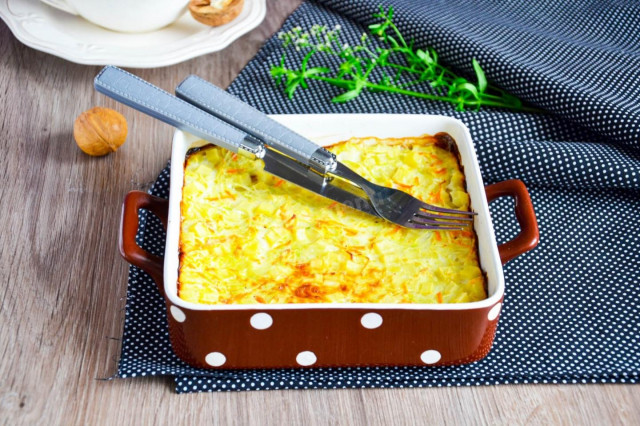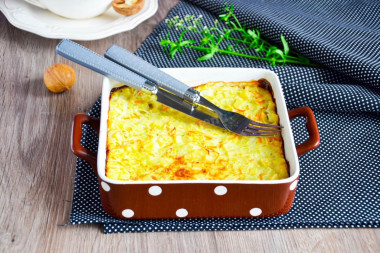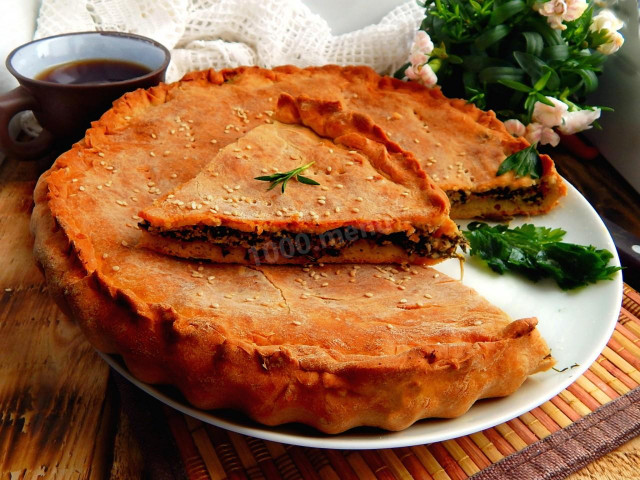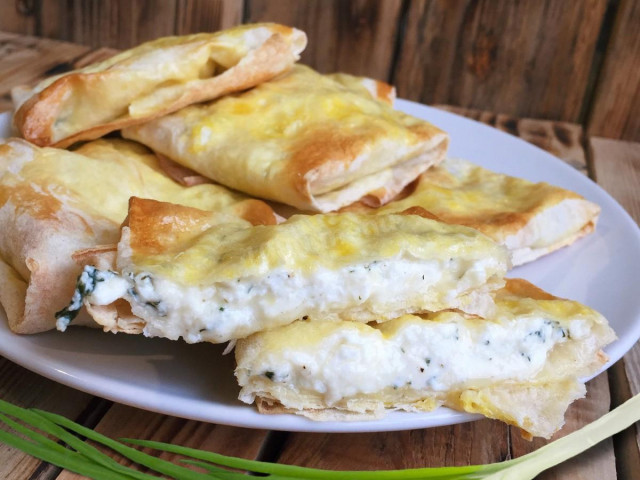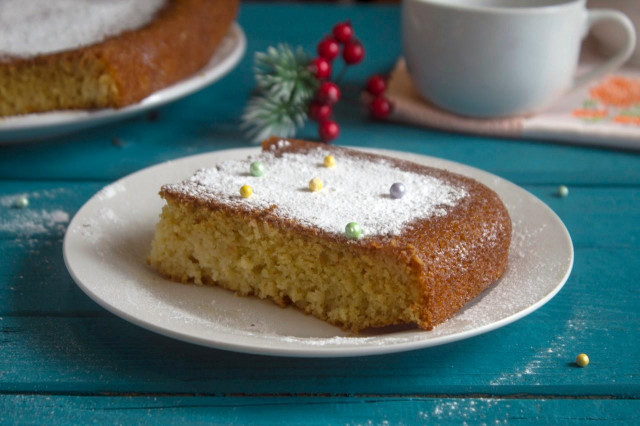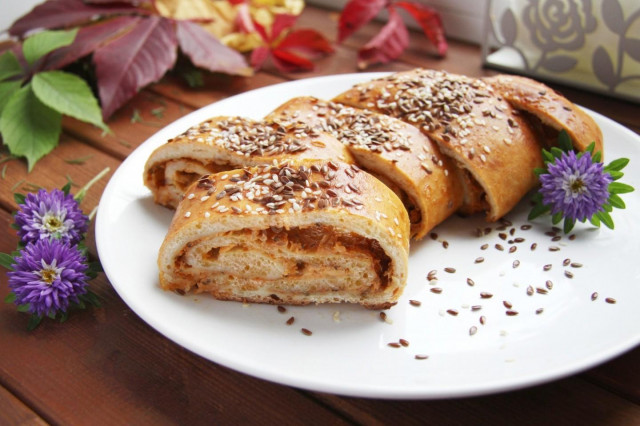Composition / ingredients
Step-by-step cooking
Step 1:
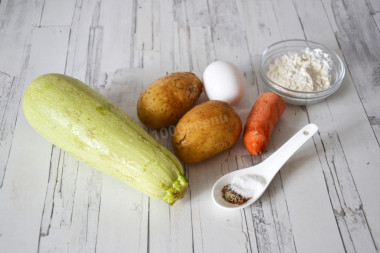
How to make a casserole of zucchini and potatoes? Prepare the products. Take a young zucchini, with a thin skin and small seeds. If you have an old fruit, you will have to cut off the skin from it and cut out the seeds.
Step 2:
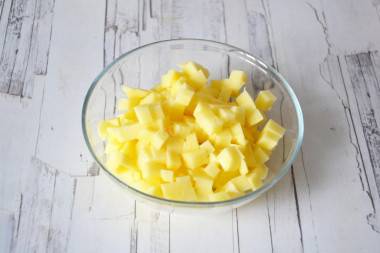
Wash and peel potatoes, carrots and zucchini. Cut the potatoes into small cubes. Choose young or well-boiled potatoes. If you have potatoes of dense varieties that take a long time to cook, or you are not sure which variety you are using, you can grate it on a grater. Or lower the already diced potatoes into boiling water and blanch for literally 1-2 minutes.
Step 3:
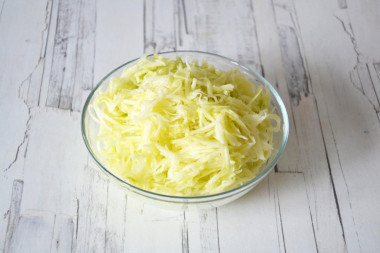
Grate the squash on a coarse grater.
Step 4:
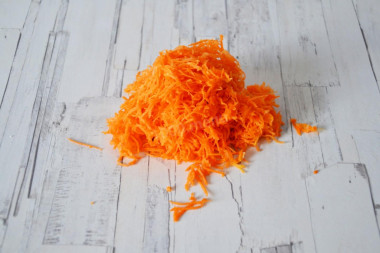
Also grate the carrots on a coarse grater.
Step 5:
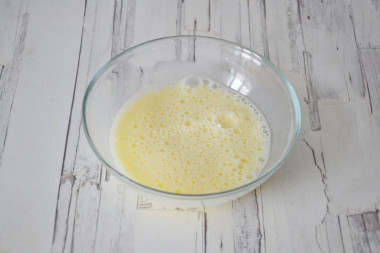
Separately combine the egg, milk and flour. Beat them until smooth. Be sure to wash the eggs before use, as even the seemingly clean shell may contain harmful bacteria. It is best to use food detergents and a brush.
Step 6:
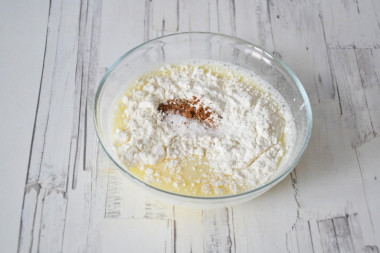
Season the egg mixture with nutmeg, salt and pepper it.
Step 7:
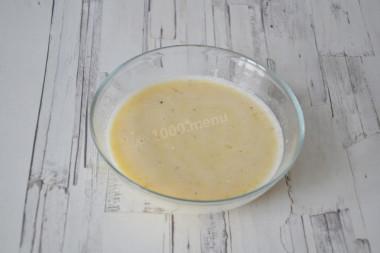
Mix everything again.
Step 8:
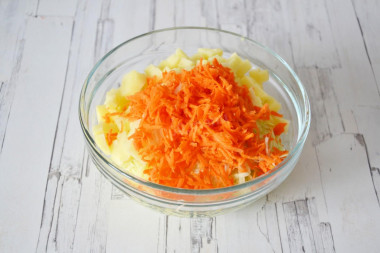
In another bowl, combine the zucchini, potatoes and carrots.
Step 9:
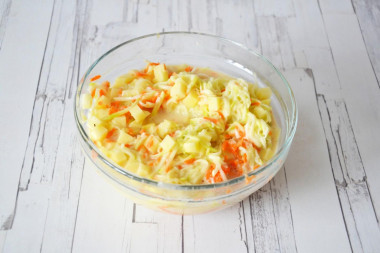
Pour the egg-flour mixture into the vegetables and mix everything thoroughly.
Step 10:
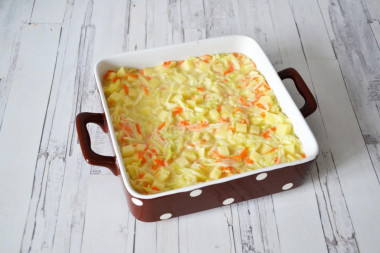
Transfer the resulting mass into a baking dish and smooth it out. Put the casserole in a preheated 180 ° C oven for 40 minutes. The time and temperature are indicated approximately — focus on your oven. Cook the casserole until browned.
Step 11:
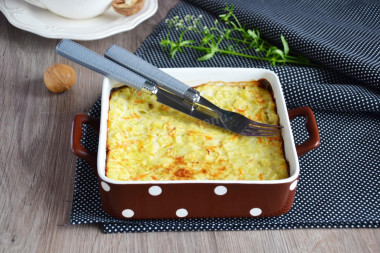
Cut the finished casserole into portions and serve to the table. Enjoy your meal!
Vegetables for this casserole can be cut in different ways. You can cut everything into thin circles and put it in layers: potatoes - carrots - zucchini. You can grate everything or cut everything into cubes. You can sprinkle grated cheese on top of the casserole.
Root vegetables are best washed with a brush or a stiff sponge under running water.
Any heat-resistant form is suitable for this recipe. If you use a silicone mold, then you do not need to smear it with butter or margarine. But it is better to lightly lubricate metal, ceramic or glass dishes with vegetable oil so that the baking does not burn.
Keep in mind that everyone's ovens are different. The temperature and cooking time may differ from those specified in the recipe. To make any baked dish successful, use useful information about the features of ovens !
Caloric content of the products possible in the composition of the dish
- Ripe potatoes - 80 kcal/100g
- Baked potatoes - 70 kcal/100g
- Mashed potatoes - 380 kcal/100g
- Boiled potatoes - 82 kcal/100g
- Potatoes in uniform - 74 kcal/100g
- Fried potatoes - 192 kcal/100g
- Whole cow's milk - 68 kcal/100g
- Milk 3.5% fat content - 64 kcal/100g
- Milk 3.2% fat content - 60 kcal/100g
- Milk 1.5% fat content - 47 kcal/100g
- Concentrated milk 7.5% fat content - 140 kcal/100g
- Milk 2.5% fat content - 54 kcal/100g
- Chicken egg - 157 kcal/100g
- Egg white - 45 kcal/100g
- Egg powder - 542 kcal/100g
- Egg yolk - 352 kcal/100g
- Ostrich egg - 118 kcal/100g
- Zucchini - 23 kcal/100g
- Carrots - 33 kcal/100g
- Dried carrots - 275 kcal/100g
- Boiled carrots - 25 kcal/100g
- Ground black pepper - 255 kcal/100g
- Whole durum wheat flour fortified - 333 kcal/100g
- Whole durum wheat flour, universal - 364 kcal/100g
- Flour krupchatka - 348 kcal/100g
- Flour - 325 kcal/100g
- Salt - 0 kcal/100g
- Nutmeg - 556 kcal/100g

